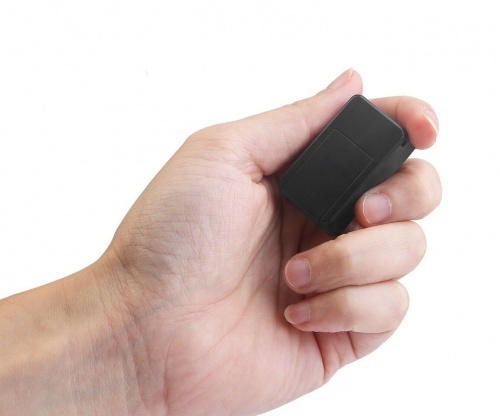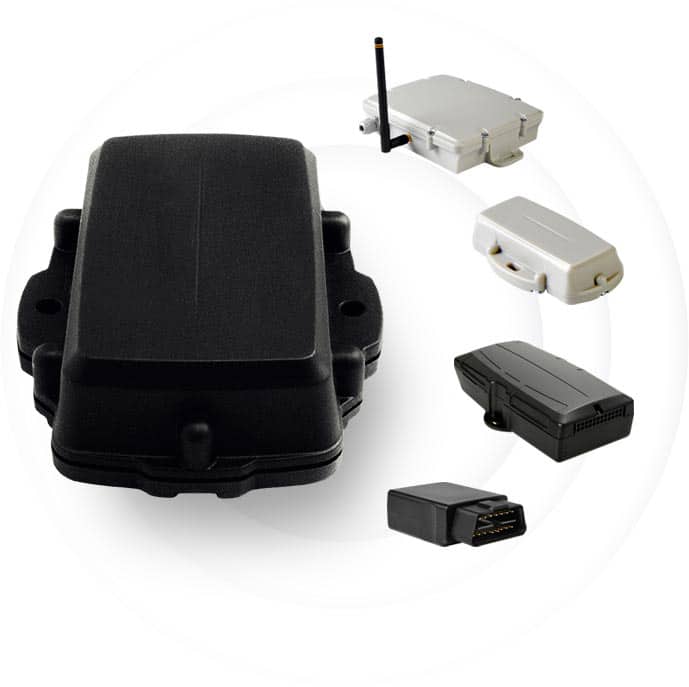Free Ideas On Deciding On Tracker Devices
Free Ideas On Deciding On Tracker Devices
Blog Article
What Are The Most Important Aspects To Take Into Consideration When Purchasing Android Airtag Item Finders?
If you are looking for Android-compatible product finders such as AirTag (like Samsung SmartTag or Tile), there are several factors to consider. If you're looking for smart tags, key trackers luggage tracks, other item finders that work with Android, then there are a few things to think about.
1. Device Compatibility
Android Integration: Make sure the tracker works with Android devices, especially in the case of products like Tile or Samsung SmartTag (which integrates best with Samsung's ecosystem). Some devices come with special features that only work with specific smartphones or apps.
Bluetooth or Ultra Wideband: Trackers using Bluetooth Low Energy work with a majority of Android devices. UWB provides a more precise tracking system, but it's only available for top-of-the-line Android smartphones (e.g. Samsung Galaxy smartphones equipped with UWB features).
2. Range of tracking
Bluetooth Range: The majority of gadget finders utilize Bluetooth to communicate with your smartphone. In open spaces the advertised range can range from 100-400 ft. In areas that are crowded or obstructed the range of operation could be lower.
Crowd-sourced: Some trackers such as Tile make use of a network of users who are crowdsourced to expand their reach beyond Bluetooth. If you lose something and the app is not able to identify it, it will provide the location if someone else with the same application comes close. It is important to consider how active and large the network is of your device within your area.
3. Precision Finding Technology
UWB (Ultra-Wideband): Some trackers (e.g., Samsung SmartTag+) offer ultra-precise location tracking via UWB, that allows you to locate objects with greater precision than Bluetooth alone. This is a great technology for indoor tracking.
AR Finding: The most advanced trackers are able to use augmented reality technology to guide you visually to the exact location where the item you're looking for has disappeared by using the camera on your phone. Check if both your tracker and phone have this feature.
4. Dimension and Form Factor
Small Design: Trackers have be compact enough to attach easily to luggage or keys.
Attachment Mechanism: Trackers that have built-in loops and optional accessories, like cases or backs with adhesive can be attached to items like backpacks, bags, keychains and backpacks.
Durability: Think about the material's durability and strength. If you're in search of bags or other outdoor gear that can withstand the elements, then a robust design would be best.
5. Battery Life
Replaceable or rechargeable? Some trackers come with replaceable coin cells that last for several months, or even a complete year. Some have rechargeable batteries. Batteries that last longer require less maintenance.
Battery Notifications. Be sure that the tracker notifies you when it is running low on battery so that you can either replace the battery, or recharge it before it gets dead.
6. Water Resistance
Waterproofing. Trackers should be affixed to items like luggage, bags or other outdoor equipment which is waterproof. This will protect the product from spills, splashes, and rain. To ensure durability, look for an IP (e.g. IP67) rating.
7. App and Software Features
Apps that are easy to use: The app should have a simple interface, easy to use and have useful features such as the ability to look at tracking history and set up alerts.
Ringtone/Loud Alarm: It's vital to have an alarm system that can be set within the app. This will help you find any missing items in your area. The volume level of the alert must be sufficiently loud to be heard by people in different settings.
Shared Access: If sharing things (e.g. the car for the family or luggage) ensure that the app allows multiple users to track the same tag.
8. Geofencing, Notifications and Alarms
Separation Alerts - Some trackers give you an alert whenever you leave the item that you've marked. (For instance you could be alerted when your keys are abandoned in a coffee shop). This helps to avoid items being lost.
Geofencing. Trackers that come with more advanced features let you to build geofencing. An alert for geofencing is sent if the item leaves an area which has been marked (ideal for luggage or valuable items kept at home).
9. Global Network coverage
Find My Network Integration - Some trackers can connect to larger networks such Apple's Find My and Samsung's SmartThings Find in addition to Apple's Find My for non Apple devices. This allows global tracking. These networks utilize the devices of other people to locate your lost item and make it anonymous, which greatly increases the likelihood of recovery.
The region-specific available: Make sure that the tracker's network is operational in your area. Increased user numbers increase your chance of finding things missing in public areas.
10. Two-way Tracking
Phone Locator: Some trackers have reverse functions that allow you to push the button on the device to call your mobile even if it's off. This feature is useful if you lose your phone, but have the tracker with you.
Bidirectional Alerts Some devices alert you when the device or phone you are tagging is out of the range of.
11. Smart Home Integration
Smart Home Compatibility: If you use smart home systems, such as Samsung's SmartThings, you should consider the possibility of integrating a tracker into your home setup. It will let you track objects using intelligent assistants (such as Google Assistant and Bixby).
Some trackers (like Samsung SmartTags) have button that can be programmable and used to control smart home devices. This capability goes beyond tracking items.
12. Security and privacy
Location Privacy: Find a tracker that offers high-quality privacy settings, particularly when you're using crowdsourced social networks. You should be able to protect your personal information regarding location and ensure that only authorized users are able to access the location of the item.
Anti-Stalking features: Certain tracking devices have anti-stalking features that alert users if they're traveling with an unknown tracker (e.g. Apple AirTag's warnings against stalking). Make sure your tracker is equipped with similar features, particularly if privacy and safety are important to you.
13. Pricing and Subscription Plans
Initial Cost: Compare prices across different trackers to make sure they are within your budget. Typically, higher-end features like UWB and a longer battery life will be more expensive.
Subscriptions Fees: Some tracking devices (like Tile Premium) will charge a subscription fee to access additional features, such an extended history of locations or insurance for items. Consider whether these services are worth the extra cost based on your usage requirements.
There are no subscription alternatives. If you're looking to pay one time and eliminate ongoing costs, choose trackers without subscriptions that still have a robust feature.
14. Multi-Device support
Control of multiple trackers If you plan to track multiple items your goal (keys bags, wallets, and so on.) It is likely that you must manage multiple trackers in one account. Check that the app is able to manage several trackers in one account. Certain brands permit seamless switch between devices, which is particularly useful for frequent travelers.
15. Specific Features for Luggage
Check that the tracker can handle long distances, and air travel. Certain luggage tracks will alert you when the suitcase is close.
Airplane mode compatibility Some devices automatically switch from a high-power mode to a lower or airplane safe mode during travel. This allows them to be used for tracking luggage.
Keep these factors in your mind when choosing the right item tracker. You can ensure effective tracking of valuables such as keys or luggage, as well as other items. See the pro tracker for blog examples.
What Are Some Of The Most Important Points To Be Aware Of When Looking For A Portable Sun Umbrella With Holder?
Take note of these aspects when selecting a mobile phone holder that includes a sun shade, or a phone shade umbrella. This guide will help you choose the best product.
1. Compatibility
Make sure the holder fits your phone. Check the width and thickness specifications to avoid issues with fit.
Some holders are mounted on tripods, bikes or on other surfaces. The mechanism used to mount should be suitable for the intended purpose.
2. Design and Build Qualité
Durability. Choose materials that are weatherproof and durable because your umbrella will need to withstand sun and wind.
Construction: Check that the joints and clips are strong enough to secure your phone even when it is windy.
3. Size and Coverage of Umbrellas
Shade Area: Consider the size of your umbrella when it expands. A larger umbrella will provide better shade, while smaller umbrellas may be smaller, but it will provide less shade.
You should look for umbrellas that have adjustable tilts or rotating to ensure that they offer the most shade based on the location the sun shines.
4. Portability and weight
Lightweight Design - Pick a model you can easily transport and set up. Outdoor activities are easier when you have a lighter storage.
The umbrella folds or collapsed to make it easy for storage and transport.
5. Easy to Use
Installation and Setup: Select the design that is easy to set up and take down. The quicker it can be put in place it will be more practical to use.
One-Hand Operation - If possible, select a holder which allows you to insert or take out your phone with only one hand.
6. Stability
Base Stability. Verify that the base or mount is stable enough to allow the umbrella to be supported, and for the phone to not tip over.
Anti-Slip Design: Bases with anti-slip features will prevent the user from sliding and sliding on the base.
7. Versatility
Multi-Functionality. Certain models might include additional features, such as a built-in phone charger, or the ability to store accessories. Check if you can benefit from these options.
Use the umbrella in different conditions: Think about whether it's suitable for sun and light rainfall. Choose umbrellas that are waterproof when you intend to utilize them in different weather conditions.
8. Aesthetics and color
Style Preference: Choose the design and color that matches your preferences or style. Certain umbrellas have different styles and colors.
Reflective Material: Some sun-umbrellas might be made from reflective materials. If sun security is important to you, then look into these options.
9. Price Vs. Value
Budget: Determine your budget and compare all options that fall within it. Check out the features and the price.
Warranty and Customer Support Check for an exchange policy or a warranty on the item. This could give you reassurance about the quality.
10. User Reviews
Get feedback from customers to learn more about the product's durability performance, efficiency and quality. Make sure you read the comments regarding the product's appropriateness for use in different conditions of weather.
Brand Reputation. Check out brands that produce quality outdoor equipment and accessories.
11. Maintenance
Cleaning: Consider how easy the umbrella and holders are to clean. Look at materials that you could clean with a cloth or machine wash, if you need to.
Storage: Assess the way in which the product should be stored following use to ensure that there is no any damage.
12. Eco-Friendliness
Sustainable Materials: Choose products made of sustainable and recycled materials if are concerned about the environmental impact.
You can choose a mobile umbrella that comes with an accessory for your phone that will satisfy your requirements and improve your outdoor experience. See the recommended phone umbrella for sun for blog guide.